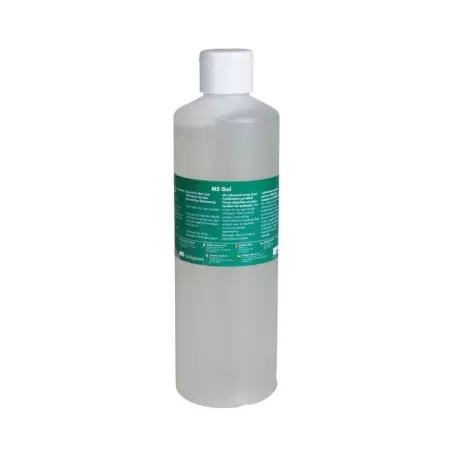It is well known that there is a seasonal component to pig production (to a greater or lesser extent), with lower efficiency in some phases, especially in gestation, that take place during the summer and autumn. This decrease is related both to high temperatures and to the decreasing photoperiod, and is reminiscent of the adaptation to seasonal conditions of the pig's wild relative, the wild boar.
The following is a review of this seasonal effect on matings, analyzing the PigCHAMP Pro Europa database with a total of 241 farms and 290,000 breeding sows. Practically all the farms are located in Southern Europe (mainly Spain, but also Portugal and Italy), and therefore have very similar climatic patterns. Quarters will be used as a time unit.

If we analyze the farrowing rate, it can be observed that the decrease in performance is mainly centered around third quarter matings, i.e. in the summer months, with average farrowing rates around 3 percent below the rest of the months. Autumn matings have very similar outcomes to those of winter and spring.

Graph 1. Farrowing rate by quarter of mating, mating period July 16 - June 20.
In parallel to the farrowing rate, prolificacy, within the trend of continuous growth in recent years, again shows decreases in the autumn matings. Therefore, seasonality affects both the maintenance of gestation and the total number of fetuses finally implanted at day 35 of gestation. Graph 2. Prolificacy by quarter of mating, mating period July 16 - June 20.
However, at the level of farrowing outcome, the distribution is not so evident; the evolution is more irregular, with no clear seasonal pattern. Stillbirths are fundamentally influenced by the conditions and management at the time of farrowing. As for mummies, there is no evident seasonal effect.

Graph 3. Percentages of stillbirths and mummies by quarter of mating, mating period July 16-June 20.
Broken down by parity number, it can be seen that:
- As for farrowing rate, there are no appreciable differences; for all parities there is a decrease for summer matings.
- However, in prolificacy it is observed that in gilts there is no decrease in performance in summer matings. Therefore, in gilts the seasonal effect affects only the farrowing rate, while in multiparous sows it also affects prolificacy.

Graph 4. Farrowing rate per parity and quarter of mating, mating period July 16-June 20.

Graph 5. Prolificacy by parity and quarters of mating, mating period July 16-June 20.
- The main cause of the difference in performance is the increase in returns from sows mated during the summer.
- As for abortions, there is a slight increase, although the increase is not as significant as one might think a priori: 1.7% compared to 1.3% in the best quarter (winter matings). Keep in mind that this seasonal effect is sometimes referred to as "autumn abortion syndrome".
-
Negative pregnancy diagnoses and empty sows are slightly higher in the summer quarter. This could be explained by the fact that in this period there tends to be more gestation losses from sows that did become pregnant during insemination. Some of these losses are detected at the ultrasound or shortly before farrowing if it was a late loss. This second group would also include sows that aborted but were not detected.
Graph 6. Distribution and % of gestation losses by type of loss, mating period July 2019-June 2020.
Since the main difference is in the returns, we will break them down. In the summer matings, the average interval of the returns is greater, 37.4 days compared to averages below 36 days for the rest. This increase is due to a higher % of irregular and late returns, which is consistent with the previously mentioned higher % of gestation losses from sows that became pregnant at insemination.
Table 1. Distribution and average interval of returns by quarter, mating period July 19-June 20.
| Q3 2019 | Q4 2019 | Q1 2020 | Q2 2020 | |
|---|---|---|---|---|
| Early return (%) | 3.3 | 4.3 | 5.5 | 4.0 |
| Regular return (%) | 53.7 | 54.3 | 55.2 | 56.1 |
| Irregular return (%) | 22.8 | 21.5 | 21.6 | 21.2 |
| Late return (%) | 20.2 | 19.9 | 17.7 | 18.7 |
| Return interval (days) | 37.4 | 36.7 | 35.0 | 35.6 |

Graph 7. Distribution and average interval of returns by quarter, mating period July 19-June 20.
To summarize, we can state that in Southern European countries seasonality is closely linked to high temperatures, and is therefore concentrated in the summer months. Matings in this period will result in fewer farrowings and also fewer piglets born alive per farrowing, which translates into fewer piglets available per batch. To avoid these oscillations, at the farm level, the target number of matings per batch should be increased in the summer months. The percent of this increase depends very much on each individual case, meaning each farm should analyze its historical data to quantify the effect of seasonality on its production.







